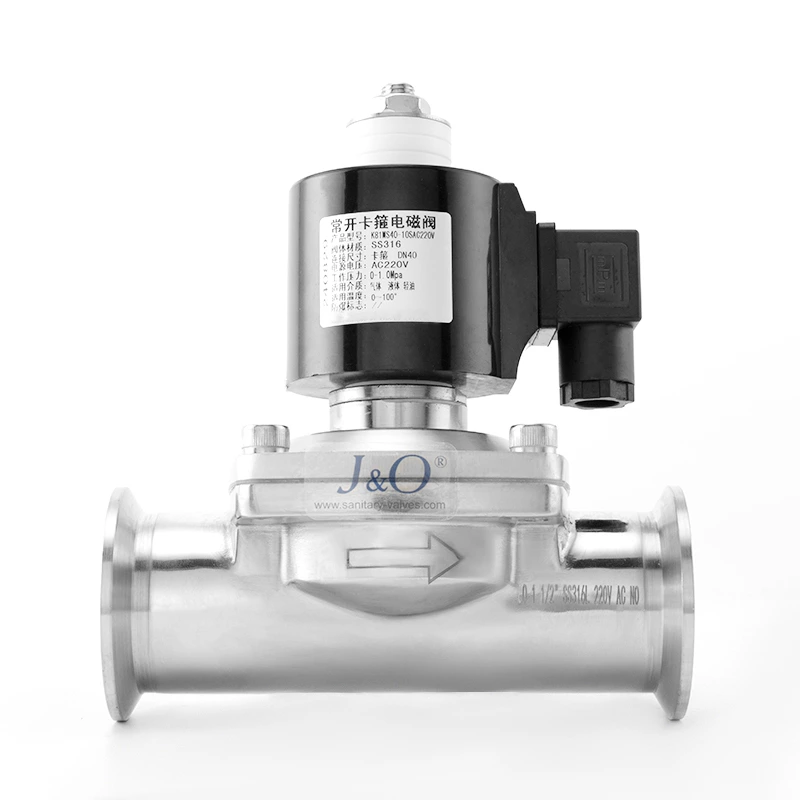What Is The Cause Of The Leakage Of Sanitary Diaphragm Valve?
The structure of Sanitary Diaphragm Valve is very different from that of general valves. It is a new type of valve and a special form of shut-off valve. Its opening and closing parts are a diaphragm made of soft material, which separates the inner cavity of the valve body from the inner cavity of the valve cover and the driving parts. It is now widely used in various fields. Commonly used diaphragm valves include rubber-lined diaphragm valves, fluorine-lined diaphragm valves, unlined diaphragm valves, and plastic diaphragm valves.
Pneumatic sanitary diaphragm valves are equipped with a flexible diaphragm or a combined diaphragm in the valve body and the valve cover, and its closing part is a compression device connected to the diaphragm. The valve seat can be a weir shape or a pipe wall of a straight-through flow channel. The advantage of the diaphragm valve is that its operating mechanism is separated from the medium passage, which not only ensures the purity of the working medium, but also prevents the possibility of the medium in the pipeline impacting the working parts of the operating mechanism. In addition, no separate seal of any form is required at the valve stem unless it is used as a safety facility in controlling harmful media. In the diaphragm valve, since the working medium contacts only the diaphragm and the valve body, both of which can be made of a variety of different materials, the valve can ideally control a variety of working media, especially suitable for media with chemical corrosiveness or suspended particles. The working temperature of the diaphragm valve is usually limited by the materials used for the diaphragm and the valve body lining, and its working temperature range is about -50 to 175°C. The diaphragm valve has a simple structure and consists of only three main components: the valve body, the diaphragm and the valve head assembly. The valve is easy to disassemble and repair quickly, and the replacement of the diaphragm can be completed on site and in a short time.
The diaphragm valve is one of the cleaning components of the pulse bag dust collector. It is the compressed air "switch" of the pulse bag dust collector cleaning and blowing system and is directly related to the dust removal effect of the dust removal equipment.
Air leakage is one of the common faults of the diaphragm valve, so what is the cause of the leakage of the sanitary diaphragm valve?
1. Damage to the diaphragm of the diaphragm valve.
2. The gasket of the diaphragm valve diaphragm cannot fit tightly with the end face of the air outlet, resulting in air leakage of the solenoid valve.
3. For submerged diaphragm valves, if there is a hole in the nozzle in the air bag, the compressed air will leak directly into the blowing pipe without passing through the diaphragm valve.
4. The diaphragm valve diaphragm itself is of poor quality.
5. Fatigue damage caused by the diaphragm valve working cycle being too long.
